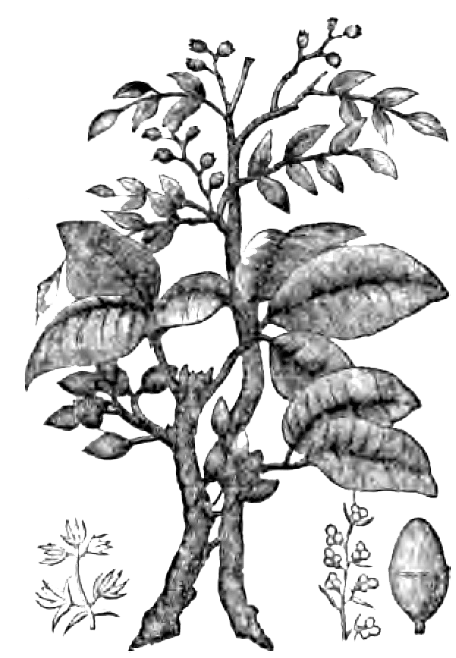The pistachio is the seed fruit of Pistacia vera, originating in Persia. The English name pistachio is derived from pisteh, its Persian name. Also known as the green almond, the pistachio is related to the cashew. The initial selection and improvement was first undertaken in the era of the Persian Empire which spanned from Eastern Mediterranean to central Asia. Ever since, pistachios have been an important crop in cooler parts of Iranian plateau.

Legend has it that the Queen of Sheba decreed pistachios an exclusively royal food, going so far as to forbid commoners from growing the nut for personal use. Nebuchadnezzar, the ancient king of Babylon, had pistachio trees planted in his fabled hanging gardens. And in the first century A.D., the Emperor Vitellius debuted this prized nut in his capital city of Rome.
Pistachios are biblical. They are mentioned in the Old Testament in Genesis 43:11, and are one of only two nuts mentioned in Scripture. The other nut mentioned is the almond. And, according to Moslem legend, the pistachio nut was one of the foods brought to Earth by Adam.
Pistachio cultivation spread into the Mediterranean world where it has continuously prospered in Syria, Turkey, Greece and Sicily. Pistachios were already well known in Late Antiquity. Since 1970s, pistachios have become a commercial crop in many countries which fall around the 30th parallel north and south of the equator. These regions include: California, North Africa, New South Wales in Australia, South Africa, Argentina and Chile.
Since 1970s, pistachios have developed from a luxury nut appreciated only by the rich into a supermarket item enjoyed by all. Iran is the largest producer and exporter of pistachio with a production of more than 113,000 MT. Iranian pistachios also has the best taste and quality among other pistachio producing countries like the United States and Turkey.